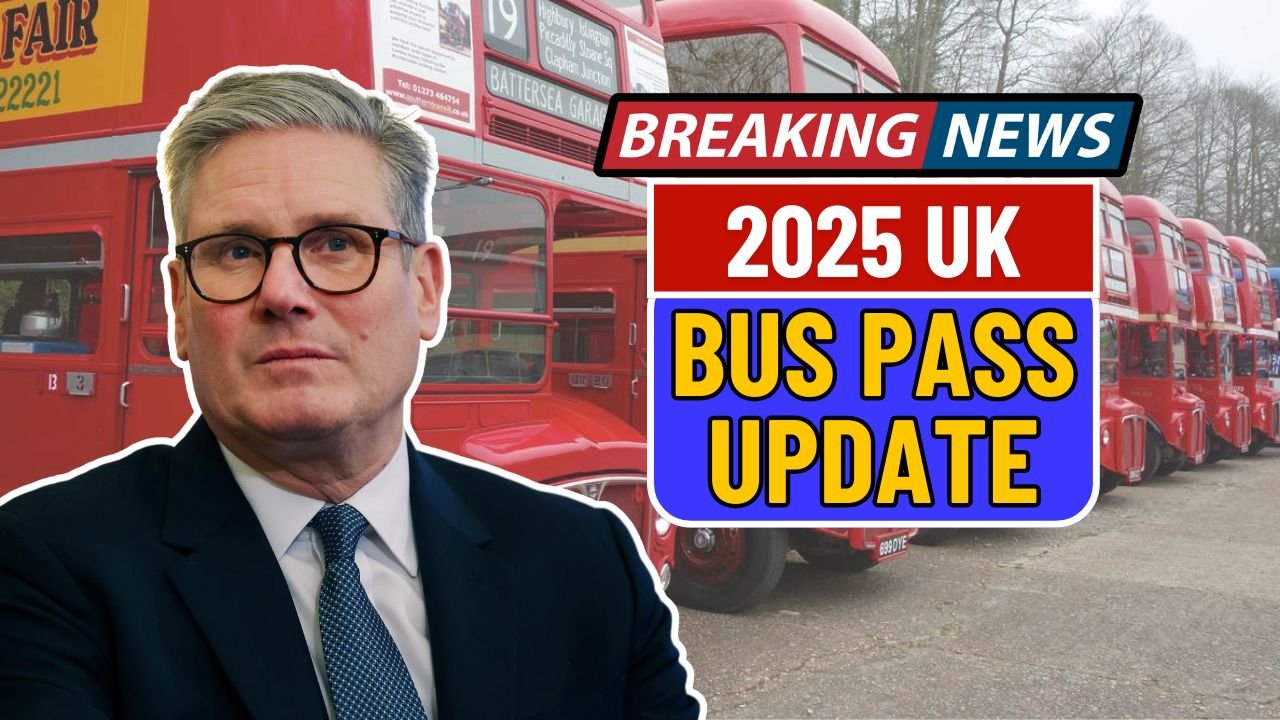Social Security has been the financial lifeline for millions of Americans since its creation in 1935. It provides reliable monthly income to retirees, helping cover housing, healthcare, and other essentials. Over time, workers have contributed to the system through payroll taxes, expecting stable benefits in return.
However, the program faces major financial challenges. With people living longer and the ratio of workers to retirees shrinking, Social Security’s reserves are being depleted faster than expected. According to recent projections, the trust fund could run dry by 2033 unless reforms are made. While this does not mean Social Security will disappear, it could lead to a reduction in monthly benefits if no action is taken.
Table of Contents
Understanding the Social Security Trust Fund
Social Security operates on a pay-as-you-go system funded by payroll taxes under the Federal Insurance Contributions Act. Employees and employers each contribute 6.2% of wages, while self-employed workers pay both shares. The collected funds are immediately used to pay current beneficiaries, and any surplus is invested in special U.S. Treasury securities.
For many years, this system built a financial cushion. But as the population ages and more retirees collect benefits, the outflow of funds now exceeds the inflow. This ongoing imbalance is the primary reason the reserves are declining.
What Will Happen in 2033

By 2033, it is projected that the Social Security trust fund reserves will be exhausted. This does not mean retirees will stop receiving payments. Instead, benefits will rely solely on incoming payroll tax revenues, which are expected to cover only about 77 to 80 percent of scheduled payments.
This means that if Congress does not make changes, retirees could face an across-the-board cut of around 20 percent in their monthly checks. For many older Americans, this reduction could significantly affect their ability to manage daily living costs.
Why the Trust Fund Is Running Out
Several key factors have contributed to the looming shortfall:
- Aging population with longer life expectancy
- Declining birth rates leading to fewer workers per retiree
- Limited payroll tax cap restricting revenue from high earners
- Economic shifts reducing taxable wage growth
Possible Solutions Being Discussed
Here’s a look at some of the solutions currently being debated by policymakers:
| Proposed Reform | Description | Potential Impact |
|---|---|---|
| Raise Payroll Tax Cap | Increase or eliminate the income limit subject to Social Security taxes | Higher revenue from high-income earners |
| Adjust Payroll Tax Rate | Slightly increase rates for workers and employers | Long-term funding stability |
| Raise Retirement Age | Gradually increase full retirement age to match longer lifespans | Delays benefit claims and reduces payouts |
| Modify Benefit Formulas | Reduce payments for higher earners and protect low-income retirees | Fairer benefit distribution |
| Diversify Investments | Allow trust funds to invest in equities | Higher potential returns but more risk |
What Retirees Should Do Right Now
To prepare for the upcoming changes, retirees should consider a few important steps:
- Understand that benefits will continue, even if reduced
- Monitor policy discussions and potential reforms
- Explore additional income sources such as pensions or part-time work
- Plan retirement savings to reduce dependence on Social Security alone
Broader Impact on the Economy
If benefit reductions occur, they will not only affect retirees but also the broader economy. Social Security payments support local spending and community businesses. A sudden decrease in benefits could reduce consumer demand, increase poverty among seniors, and place pressure on social programs.
Economists emphasize that early, gradual reforms are far better than delayed drastic measures. Small adjustments today could sustain the system for decades.
The Road Ahead for Social Security
The year 2033 is not the end of Social Security but a turning point. The system will continue to operate, though possibly at reduced capacity, unless Congress acts. Retirees should remain informed, plan ahead, and diversify their income sources. With careful planning and timely policy changes, the program can continue serving future generations.
Frequently Asked Questions
- What does Social Security trust fund depletion mean?
It means the reserves that cover benefit payments will be used up, but Social Security will still receive payroll taxes to pay around 77 to 80 percent of benefits. - Will retirees stop receiving Social Security after 2033?
No, payments will continue, but the amount could be reduced if no legislative action is taken. - Can Congress prevent the benefit cuts?
Yes, lawmakers can implement measures such as increasing payroll taxes, raising the retirement age, or adjusting benefit formulas. - Should current retirees be worried right now?
There is no immediate threat, but it’s wise to stay informed and plan for potential adjustments. - What can individuals do to prepare?
Diversify your income sources, increase personal savings, and stay updated on government announcements regarding Social Security reform.



